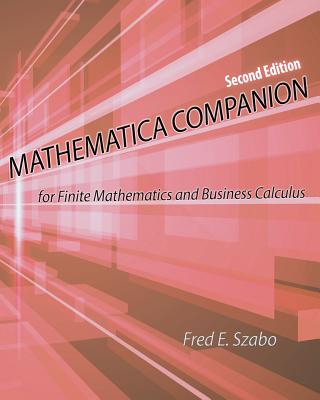

We present several options to plot vertical lines However, Mathematica easily handles this challenge, while plotting a horizontal line is straight forward. Since a vertical line is not a graph of any function, so Plot won't help. The following command clears all the definitions made during the current Wolfram System session: In this command, c is the value of the horizontal asymptote and c1 and c2 are the range of the graph. To do this, you can use the following commands: When you are graphing discontinuous functions, often times, it can be useful to generate a vertical or horizontal asymptote.

Remove // Quiet (* remove all variables *) Here are two options: either exclude discontinuities (which is a default option) or connect them There are three different functions that have been generated inĪ single graph. Using Mathematica, it is easy to plot a piecewise discontinuous function.Īn example of a Piecewise function is given below. Such function are not "differentiable everywhere" because the limit techniques which underlie derivative methodology do not work on hard corners. Discontinuous functions are to be distinguished from "smooth" functions, the former exhibiting a hard corner at a particular point. For example, if the denominator is ( x−1), the function will have a discontinuity at x=1. If the functions' individual domains do not use the entirety of the support, plotting them reveals they are separated by empty space.Ī discontinuous function is a function that has a discontinuity at one or more values, often because of zero in the denominator. A piecewise function is a function defined by different functions for each part of the domain of the entire function (sometimes referred to as "the support," indicating the x axis in 2D). There are piecewise functions and functions that are discontinuous at a point. There are two types of discontinuous functions. Return to the main page for the course APMA0360 Return to the main page for the course APMA0340 Return to the main page for the course APMA0330 Return to Mathematica tutorial for the fourth course APMA0360 Return to Mathematica tutorial for the second course APMA0340 Return to Mathematica tutorial for the first course APMA0330 Return to computing page for the fourth course APMA0360 Return to computing page for the second course APMA0340 Return to computing page for the first course APMA0330 Laplace transform of discontinuous functions.Series solutions for the second order equations.Part IV: Second and Higher Order Differential Equations.

Numerical solution using DSolve and NDSolve.Equations reducible to the separable equations.


 0 kommentar(er)
0 kommentar(er)
